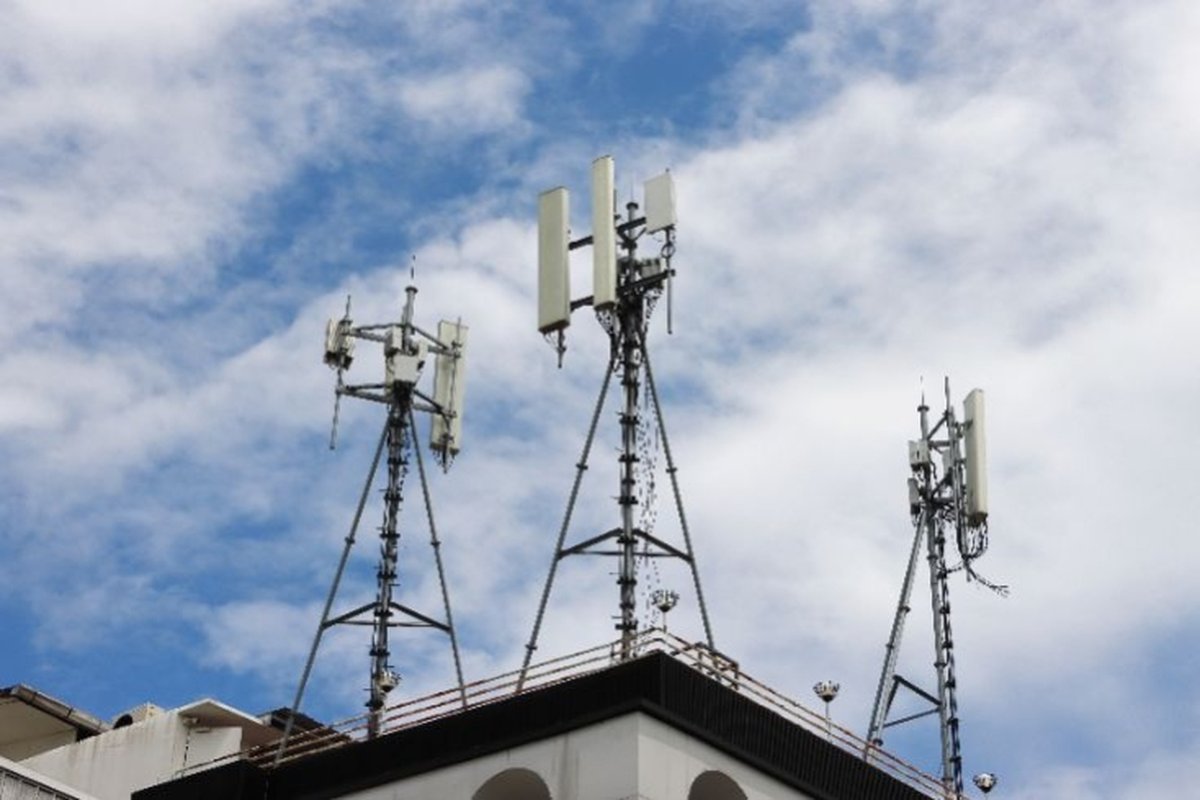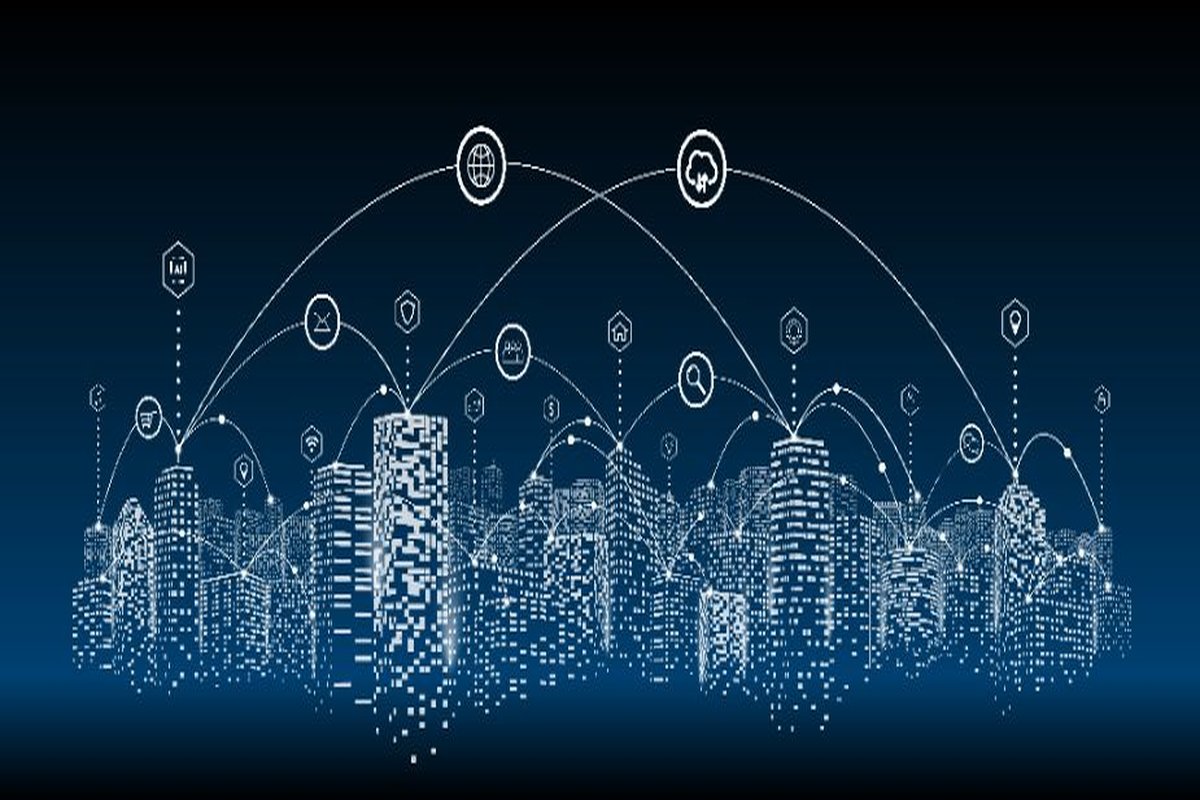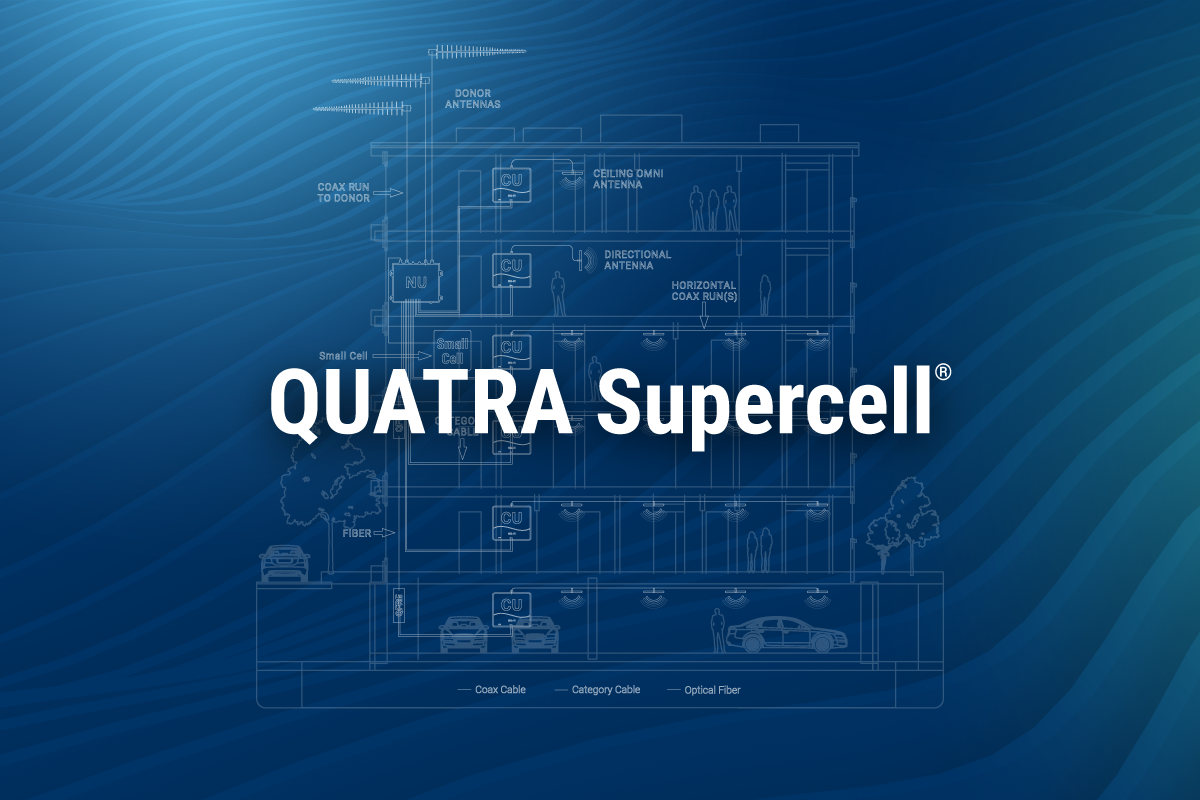
Nextivity SHIELD ERCES solutions, which feature proprietary Nextivity IntelliBoost® technology, are designed to meet today’s network challenges. These network challenges, which we’ll call the “Feared Four” are persistent pain points that interfere with LMR use and that must be solved for when choosing the right Public Safety solutions. The Feared Four are as follows:
By monitoring environmental changes and performing automatic adjustments, SHIELD ERCES solutions ensure emergency personnel stay connected in any situation by delivering industry-leading performance with a no-noise guarantee.
Unlike other Public Safety solutions, Nextivity SHIELD ERCES solutions come with a no-noise guarantee and are proven to eliminate interference from adjacent channels and oscillations, as well as co-exist with cellular signals. In addition, these solutions control the uplink level of wanted signals to ensure all transmissions to a high site can be heard.
Amplifiers work by making the entire signal stronger at its input.  A Class B amplifier, therefore, will amplify both wanted and unwanted signals. When an unwanted signal reaches the high site, it can desensitize the site receiver and significantly affect LMR performance. To solve for this, a Class B amplifier must use sharp filters to remove unwanted signals. Nextivity SHIELD EXTEND and SHIELD SOLO contain 56 filters and 28 filters, respectively, making them Channelized Class B Amplifiers. These filters prevent nearly all unwanted signals from being amplified, while still maintaining the short group delay expected from a Class B amplifier.
A Class B amplifier, therefore, will amplify both wanted and unwanted signals. When an unwanted signal reaches the high site, it can desensitize the site receiver and significantly affect LMR performance. To solve for this, a Class B amplifier must use sharp filters to remove unwanted signals. Nextivity SHIELD EXTEND and SHIELD SOLO contain 56 filters and 28 filters, respectively, making them Channelized Class B Amplifiers. These filters prevent nearly all unwanted signals from being amplified, while still maintaining the short group delay expected from a Class B amplifier.
When arriving at the high site, signals must be at the correct level. Nextivity SHIELD ERCES solutions use Automatic Level Control (ALC) on the BDA output signal strength to ensure that the gain is never set too high. Nextivity follows several steps to calculate the absolute output power of the BDA in the uplink, including:

Finally, as part of the Nextivity No-Noise Guarantee, SHIELD ERCES BDA products are built to co-exist with cellular bands. Because commercial cellular frequency bands are next to public safety bands, noises emitted by cellular phones can sometimes be present in the uplink of public safety frequency bands. BDAs without “uplink squelch” will actually amplify this unwanted noise from cellular bands and send it back to the high site, causing the high site to become desensitized. SHIELD systems have optimized analog and digital filtering with uplink squelch to allow these close-by bands to coexist without desensitization.
 Public Safety systems must all contend with the “Near-Far Problem,” an observable phenomenon wherein a radio close to a server antenna will “drown out” a radio far away from the same server antenna.
Public Safety systems must all contend with the “Near-Far Problem,” an observable phenomenon wherein a radio close to a server antenna will “drown out” a radio far away from the same server antenna.
Take, for example, a case where two radios on adjacent frequencies are keyed up at the same time. To prevent the “Near-Far Problem” effects, the radios would have to be capable of a high level of frequency selectivity, fast ACG, and high dynamic range from the BDA. Nextivity SHIELD systems have industry-leading frequency selectivity, thanks to their highly selective, low-delay digital filters; in addition, they also have extremely fast AGC inherited from LTE and 5G systems, and a dynamic range in excess of 50 dB – to offer maximum flexibility on server antenna placement. In a second case, two trunked radios with adjacent timeslots are keyed up at the same time. This scenario would require a fast ACG and high dynamic range from the BDA. Again, Nextivity SHIELD systems have the capabilities to combat the Near-Far Problem and preserve talk-in and talk-out performance.
To further ensure high Talk-In and Talk-Out performance, Nextivity offers an uplink grid test with a Talk-Out Guarantee, an industry first. In Public Safety, downlink gain is often different than uplink gain, and a downlink grid test alone does not guarantee that the uplink will also pass certification. Nextivity offers an uplink grid test using an off-the-shelf FRS radio, which allows uplink grid pretesting without an LMR radio. The system determines whether an LMR handheld will be able to achieve the required UL power to reach the high site. It works by deploying an off-the-shelf FRS radio to generate uplink signals in the 450 MHz range, which the built-in 450MHz/UHF sniffer in the SHIELD Coverage Unit captures and sends to the MU/MBBU for processing. In test mode, the Network Unit won’t transmit any Uplink signals. The UL grid test data is sent to and stored in the WAVE portal, where a report may be printed. Offering an uplink test with pretesting capabilities helps ensure system certification passage on the first try.

Comprehensive Public Safety System monitoring consists of UL2524-compliant monitoring elements and server-side antenna monitoring. All SHIELD products are fully UL2524-compliant, including meeting strict standards for AC power, batteries, donor antennas, active components, and system elements. SHIELD systems are also designed from the ground up to support server-side antenna monitoring, including exact loss measurements to each server antenna. Server-side monitoring, in which systems natively support a means to detect and monitor the operation of all server antennas, is the only way to ensure that the entire building remains functionally covered by a public safety system.
In addition to the SHIELD system, Nextivity’s SMART SERVER ANTENNA further aids system monitoring with the following features:
The remote monitoring features of Nextivity WAVE Portal ensure that systems are operating properly, at all times. The Portal’s features also help simplify system installation and commissioning, manage grid testing, remotely ensure systems are correctly configured and up to date, and remotely monitor FirstNet and Public Safety KPIs. Nextivity offers REST API for integration with third-party systems.
As deployments of BDAs increase, systems could start to interact with each other – causing, for example, a poor signal for the original BDA due to Time Domain Interference (TDI) – and possibly even network outages. The deployment of a new BDA system in close proximity to an existing BDA is an example of a macro environmental change that must be solved for when designing and implementing a Public Safety system. Nextivity SHIELD systems have built-in LMR receivers that are capable of monitoring the input signal quality over time. If input signal quality drops, Nextivity can help pinpoint when the drop happened and correlate it with new BDA deployments in the area. The built-in receiver in SHIELD systems also provides direct estimates of donor signal quality to validate that system installations were done correctly. Signal quality can be tracked continuously on any SHIELD system through the Nextivity WAVE Portal.

Public Safety systems must contend with the Feared Four – significant pain points that, if left unchecked, could severely impact LMR system performance. These pain points are persistent and complex – requiring the best-in-class technologies to effectively manage. Nextivity SHIELD ERCES systems are designed to overcome these pain points to ensure consistent top performance and take the fear out of Public Safety deployments.



